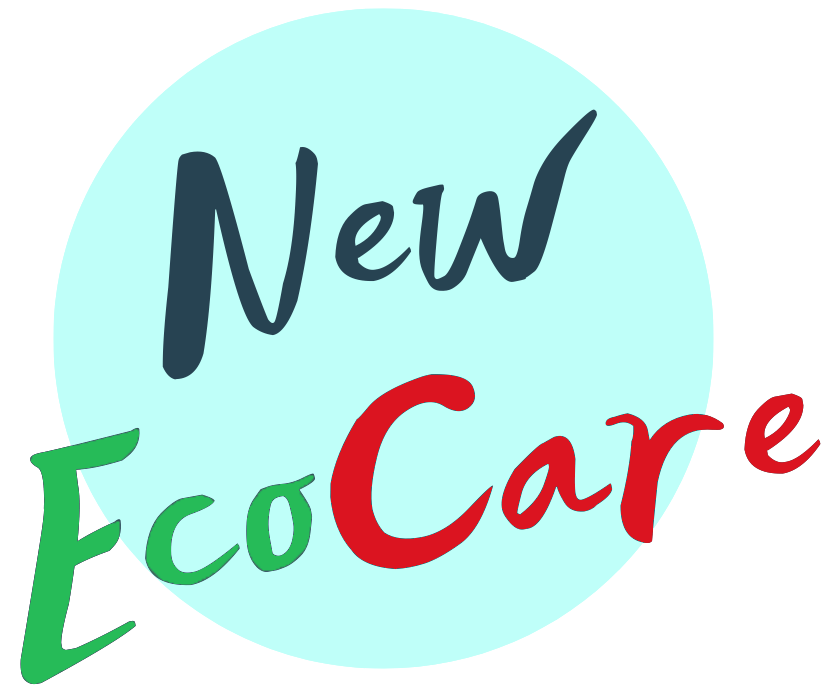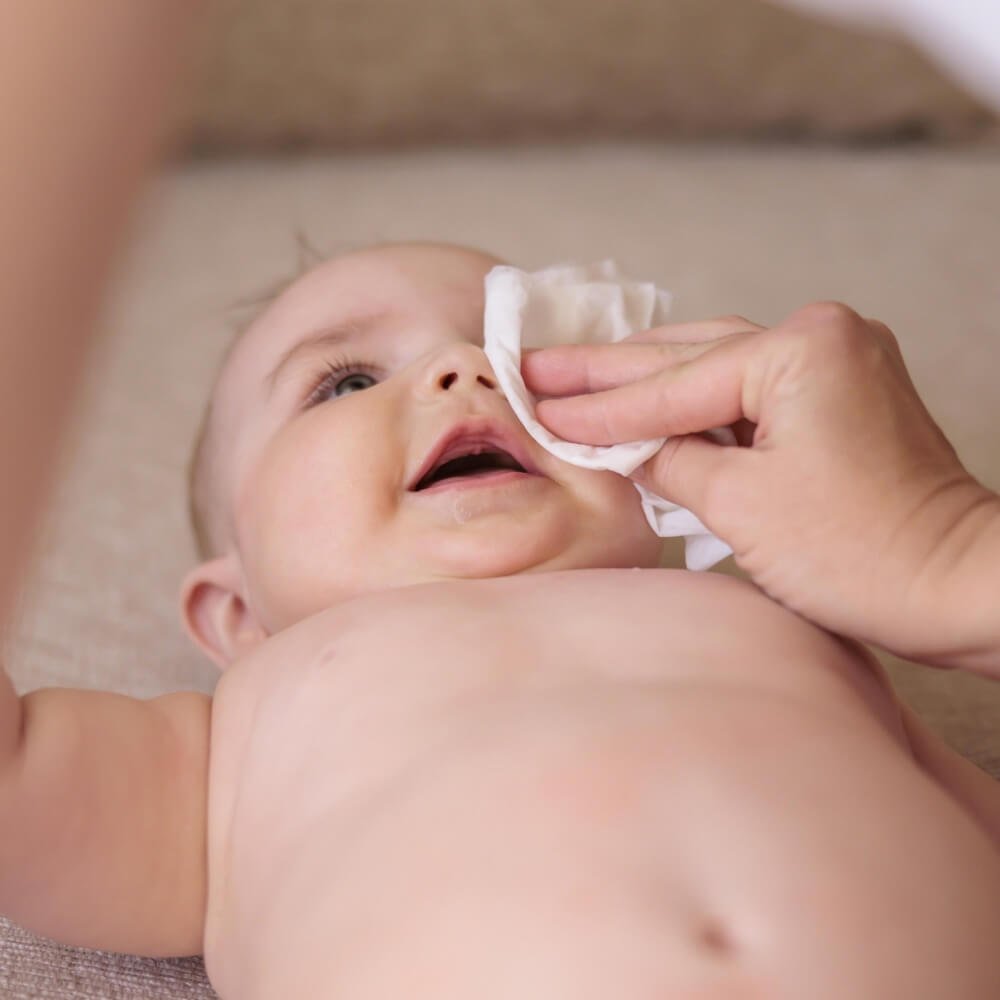Правильный выбор детских влажных салфеток имеет решающее значение для здоровья и комфорта вашего ребенка. Для молодых родителей и воспитателей изобилие доступных вариантов может оказаться непосильным. Это подробное руководство призвано разъяснить характеристики высококачественных детских влажных салфеток, чтобы вы могли принять взвешенное решение, основанное на понимании материалов, стандартов безопасности и пользовательского опыта, которые определяют высокое качество продукции. Если вас беспокоит чувствительность кожи, воздействие на окружающую среду или вы просто ищете оптимальную цену, эта статья станет для вас полезным источником информации.
Понятие о детских влажных салфетках
Разновидности детских влажных салфеток Детские влажные салфетки - незаменимое средство для родителей, предназначенное для эффективного и бережного очищения нежной кожи младенца. Эти предварительно увлажненные салфетки используются не только при смене подгузников, но и удобны для очистки лица и рук ребенка после еды или во время путешествий. На рынке представлено множество видов детских салфеток, в том числе с пометкой "натуральные", "чувствительные" и "сверхпрочные". Каждый тип разработан для удовлетворения конкретных потребностей, будь то снижение риска раздражения для чувствительной кожи или повышенная прочность для более сложных ситуаций. Знание различных типов очень важно, так как помогает родителям выбрать салфетки, которые лучше всего соответствуют потребностям ребенка и его образу жизни.
Ингредиенты, которые следует искать в качественных детских влажных салфетках
Состав детских влажных салфеток имеет решающее значение для их безопасности и эффективности. Оценивая качество влажных салфеток, обратите внимание на те, которые содержат успокаивающие ингредиенты, такие как алоэ вера и витамин Е, которые помогают защищать и питать кожу ребенка. Кроме того, важно избегать салфеток, содержащих вредные химические вещества, такие как спирт, парабены и фталаты, которые могут вызывать раздражение или аллергические реакции. Выбирайте салфетки с натуральными ингредиентами и четким указанием на то, что они не содержат агрессивных химических веществ. В этом разделе мы не только подробно рассказываем об этих ингредиентах, но и объясняем, почему каждый из них полезен или вреден, помогая родителям сделать осознанный выбор того, что соприкасается с кожей их ребенка.
Стандарты безопасности и сертификаты
Качественные детские влажные салфетки - это те, которые соответствуют строгим стандартам безопасности и имеют соответствующие сертификаты. Эти стандарты гарантируют, что продукция безопасна для регулярного использования на чувствительной коже ребенка. Среди основных сертификатов, на которые следует обратить внимание, - знак "Дерматологически протестировано", сертификат "Гипоаллергенно", а также одобрение педиатрических ассоциаций. Международные организации здравоохранения часто присваивают такие сертификаты и указывают, что салфетки прошли испытания и доказали свою безопасность для использования на младенцах. В этом разделе мы подробно рассмотрим, что подразумевает каждый из сертификатов, что позволит вам быть уверенными в качестве и безопасности выбранных вами влажных салфеток.
Важность безопасных для кожи составов
Кожа младенца нежнее и тоньше, чем у взрослого, поэтому она больше подвержена раздражению и сухости. Поэтому очень важно выбирать детские влажные салфетки с безопасными для кожи составами. Это значит, что салфетки должны иметь сбалансированный pH, не содержать спирта и увлажняющих веществ, чтобы предотвратить пересыхание кожи. Гипоаллергенные салфетки, не содержащие отдушек и спирта, как правило, являются лучшим выбором для минимизации риска аллергических реакций и раздражения. В этом разделе мы расскажем о научных основах, лежащих в основе безопасных для кожи составов, и о том, как родители могут проверить эти качества детских салфеток перед их покупкой.
Тщательно исследуя эти аспекты, руководство стремится вооружить читателей знаниями, необходимыми для выбора лучших детских влажных салфеток, сочетающих в себе безопасность, комфорт и эффективность.
Обзоры и отзывы пользователей
Роль обзоров и отзывов пользователей Обзоры и отзывы пользователей - бесценный ресурс при оценке качества детских влажных салфеток. Они дают реальное представление о том, как салфетки работают в повседневных условиях. Родители часто делятся своими впечатлениями об эффективности салфеток при очищении, их долговечности в процессе использования и мягкости воздействия на кожу ребенка. Кроме того, в отзывах могут быть указаны распространенные проблемы, например, салфетки слишком быстро высыхают или вызывают раздражение. Изучив широкий спектр отзывов, потенциальные покупатели могут оценить общий уровень удовлетворенности других потребителей. Этот раздел подчеркивает, что для принятия взвешенного решения важно не ограничиваться маркетинговыми заявлениями, а ознакомиться с опытом других родителей.
Стоимость против качества
Стоимость и качество: Правильный баланс Взаимосвязь между стоимостью и качеством детских влажных салфеток может быть сложной. Хотя более дорогие салфетки могут иметь лучшее качество или более безопасные ингредиенты, это не является универсальным правилом. И наоборот, некоторые недорогие марки могут отвечать всем необходимым стандартам безопасности и при этом быть эффективными. Родители должны оценивать ценность продукта не только с точки зрения его цены. Это означает, что нужно учитывать стоимость салфеток за единицу, количество салфеток в упаковке, а также наличие премиальных ингредиентов или сертификатов, которые могут оправдать более высокую цену. Этот раздел подскажет родителям, как эффективно сбалансировать стоимость и качество, чтобы не переплачивать за бренды и не жертвовать качеством ради низкой цены.
Влияние детских влажных салфеток на окружающую среду
Влияние детских влажных салфеток на окружающую среду вызывает все большую озабоченность у родителей, заботящихся об экологии. Традиционные детские салфетки часто изготавливаются из полиэстера или других пластиков, которые не поддаются биологическому разложению и способствуют образованию отходов на свалках. В последнее время все чаще можно встретить экологичные салфетки из натуральных волокон, таких как бамбук или хлопок, которые поддаются биологическому разложению и компостированию. В этом разделе рассматривается важность учета экологического следа детских влажных салфеток. В нем также рассказывается о том, как выбор экологичных вариантов может помочь снизить воздействие на окружающую среду, обеспечивая при этом удобство и гигиену, на которые рассчитывают родители, и давая вам чувство облегчения и ответственности.
Популярные бренды и то, что они предлагают
Несколько брендов заняли лидирующие позиции на рынке детских влажных салфеток, предлагая продукцию, которая неизменно отвечает высоким стандартам качества и безопасности. В этом разделе представлен обзор таких популярных брендов, как Pampers, Huggies, WaterWipes и The Honest Company. Будут подчеркнуты уникальные преимущества каждого бренда, такие как прозрачность ингредиентов, экологические инициативы или специализированные продукты для чувствительной кожи. Этот сравнительный анализ поможет родителям понять, какие бренды лучше всего отвечают их конкретным потребностям и предпочтениям.
Как самостоятельно протестировать детские влажные салфетки
Даже при тщательном изучении вопроса, окончательная проверка качества детских салфеток происходит при личном использовании. Родители могут оценить качество детских влажных салфеток, проведя простые тесты в домашних условиях. Например, проверьте прочность салфетки, аккуратно потянув за нее, чтобы увидеть, легко ли она растягивается или рвется. Наблюдение за тем, как салфетка ощущается на коже, может дать представление о ее возможном воздействии на кожу ребенка. Кроме того, понюхав салфетку, можно определить наличие сильных искусственных отдушек, которые могут вызвать раздражение. В этом разделе вы найдете практические советы о том, как оценить детские влажные салфетки, не ограничиваясь тем, что указано на упаковке, и сможете взять себя в руки и сделать осознанный выбор, основанный на собственном опыте.
Выбор правильных детских влажных салфеток - это не просто выбор надежного бренда, но и понимание компонентов, которые обеспечивают безопасность, эффективность и воздействие на окружающую среду. Принимая во внимание подробную информацию, представленную в этом руководстве, - от ингредиентов и сертификатов до отзывов пользователей и личных испытаний, - родители могут быть уверены в своей способности выбрать лучшие салфетки для потребностей своего ребенка, обеспечивая комфорт и чистоту при каждом использовании.

